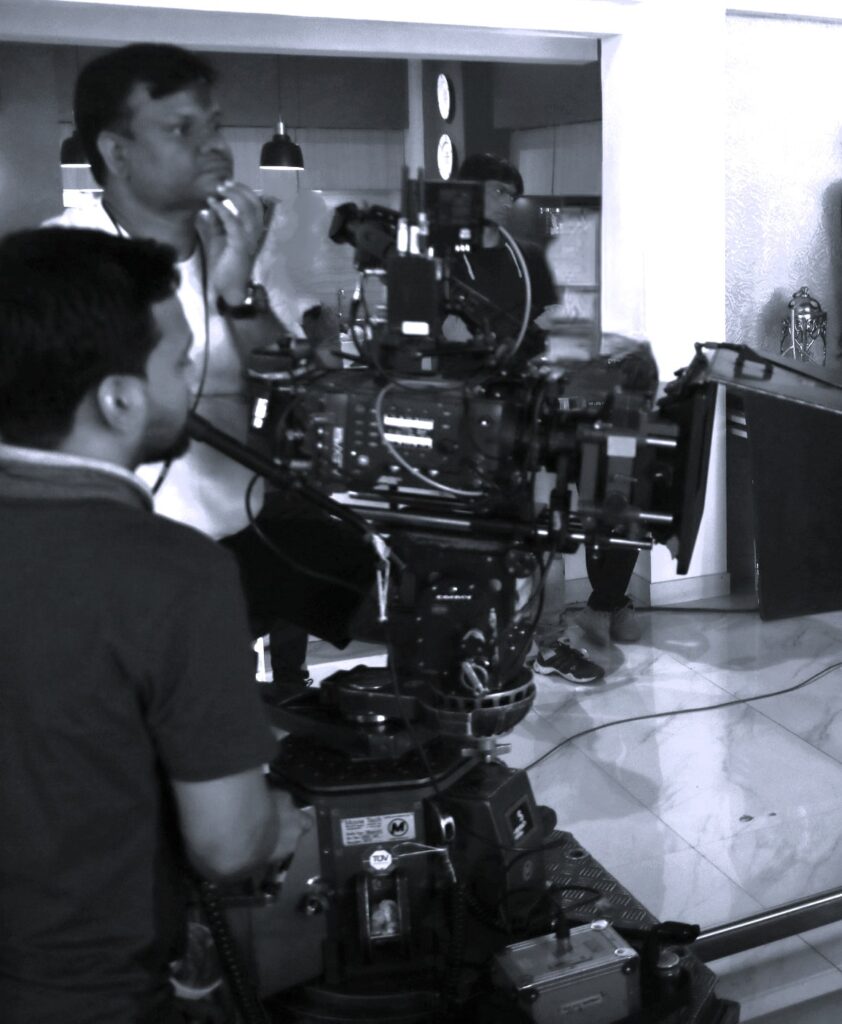
How to Create a Cinematic Look in Videos: A Comprehensive Guide:
The introduction:
Greetings from my blog! I’m thrilled to share some tried-and-true techniques with you today that will enable you to turn everyday films into cinematic masterpieces. These simple methods will improve your footage and give your projects a professional film look, regardless of your level of experience.
More than just beautiful images, cinematic videos fascinate audiences, arouse feelings, and tell tales. So let’s get started and see how you can begin producing your own visually stunning films immediately!

1. Make a Story Plan:
Every great film begins with an engaging narrative. Consider what you want your video to convey before you hit the record button. Is it a voyage, an instant, or an attitude? Create a distinct story or concept that directs your editing and camera work.

2. Make Use of the Proper Camera Settings:
24 frames per second (fps) is a common frame rate used in cinematic movies to simulate classic film. Shoot with 24 frames per second if your camera allows it for that timeless movie effect. Additionally, if you want to customize every element of your photograph, think about using manual exposure and focus settings.
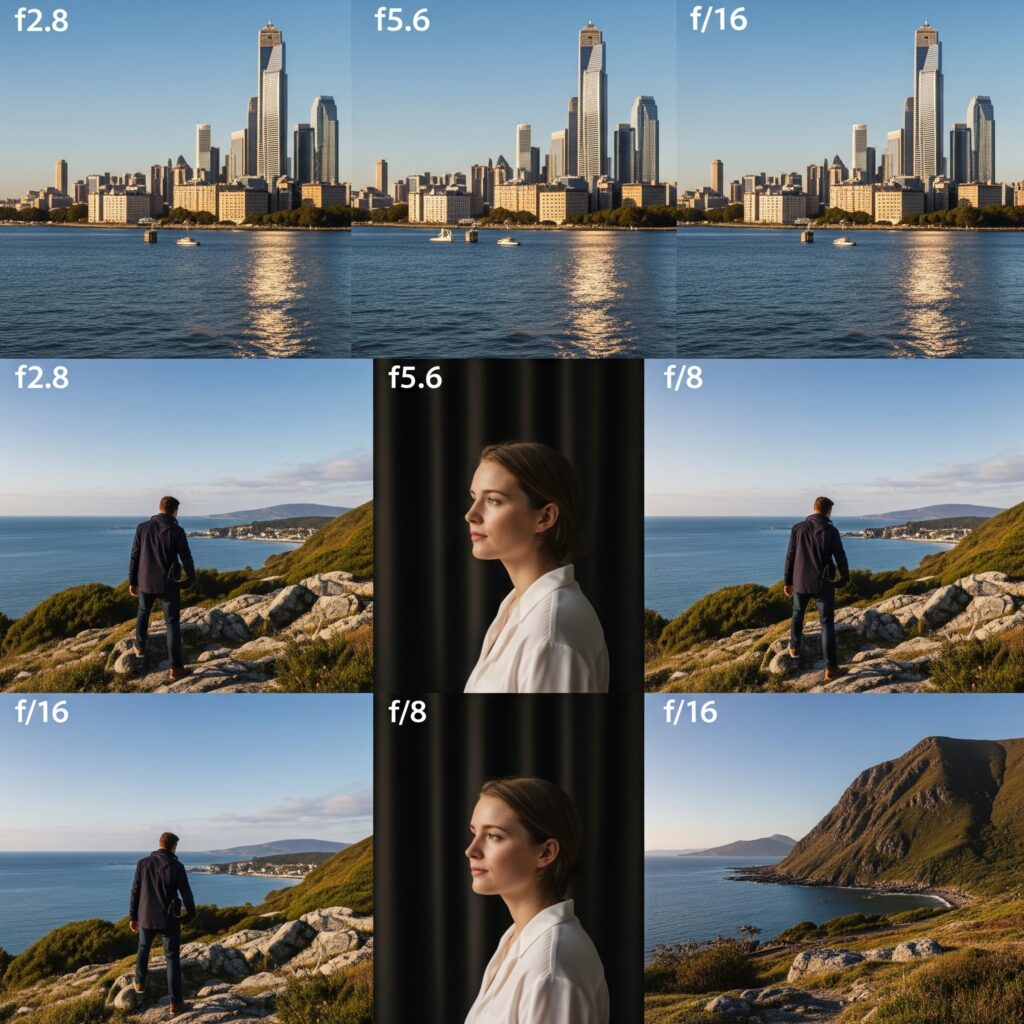
3. Select a Wide-Aperture Lens:
A shallow depth of field produced by lenses with wide apertures (small f-number, such as f/1.8 or f/2.8) gives your films a stunning background blur and a polished appearance. A defining characteristic of film is the division of topic and backdrop.
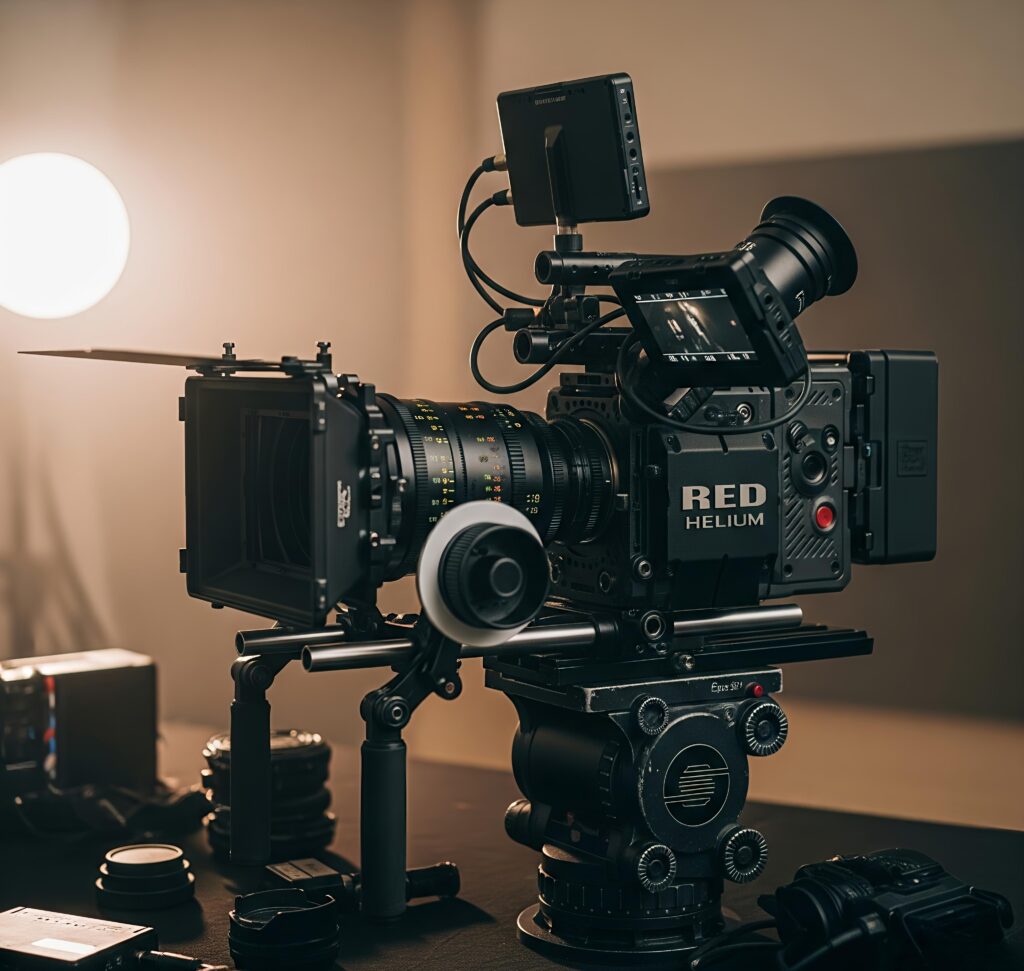
4. Make Your Shots Stable:
Film that is shaky disrupts the illusion of cinema. Obtain stable and fluid shots by using a tripod, gimbal, or other stabilizing equipment. When shooting handheld, try making smooth motions and absorbing tremors with your body.
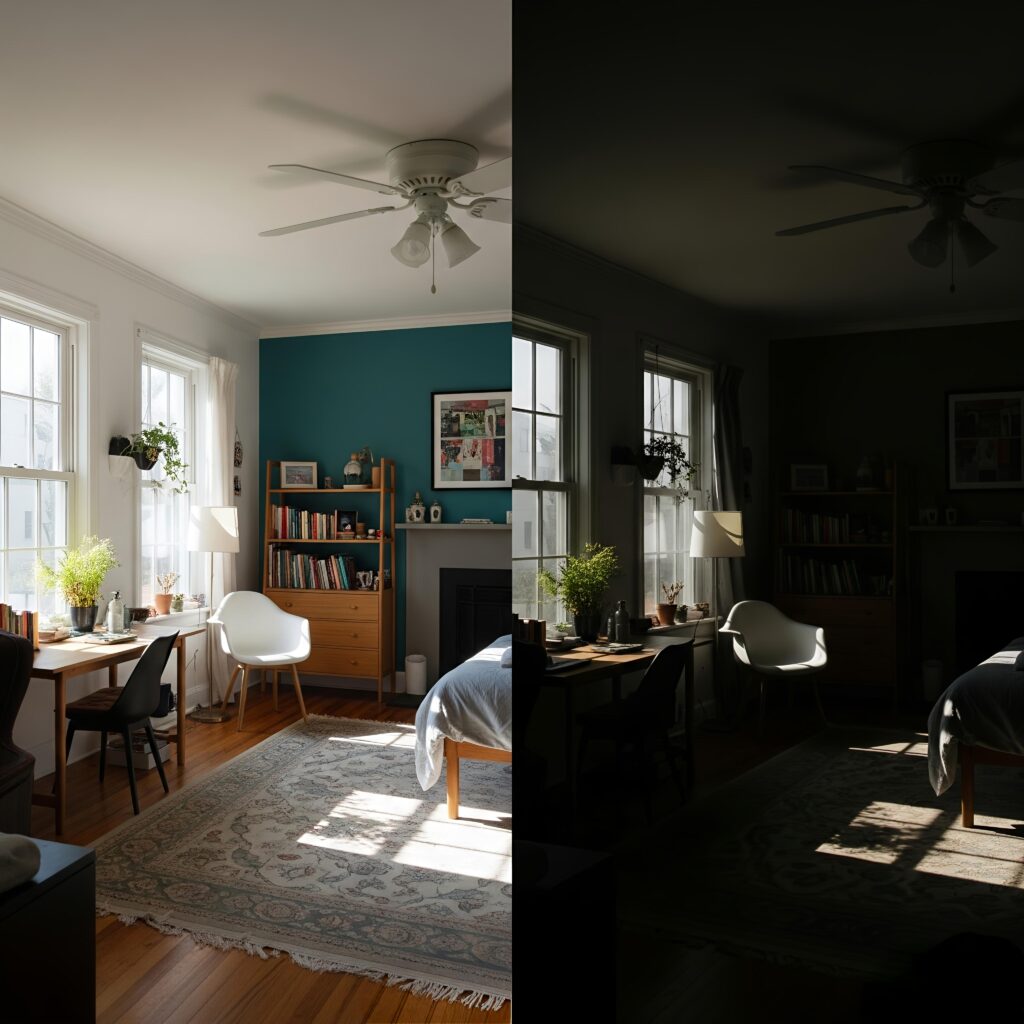
5. The Lighting Master:
The mood is created by the lighting. Drama and depth can be added with regulated artificial lighting or soft, natural light. To draw attention to your topic and establish mood, play around with directional light, shadows, and contrast.
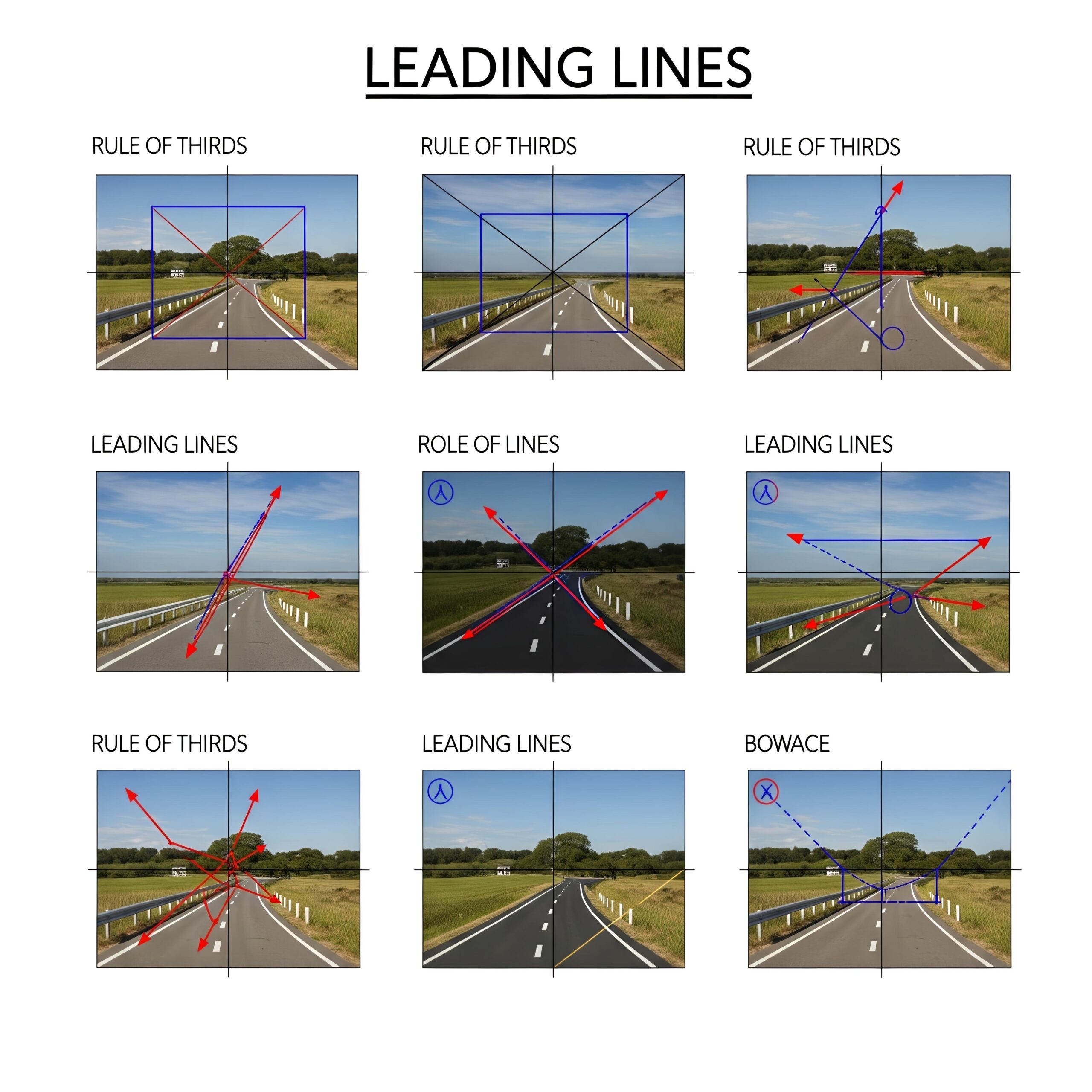
6. Compose with Intention:
The framing of a picture is analogous to good composition. To direct the viewer’s attention, use symmetry, leading lines, and the rule of thirds. Use intriguing background and foreground components to give your images depth.
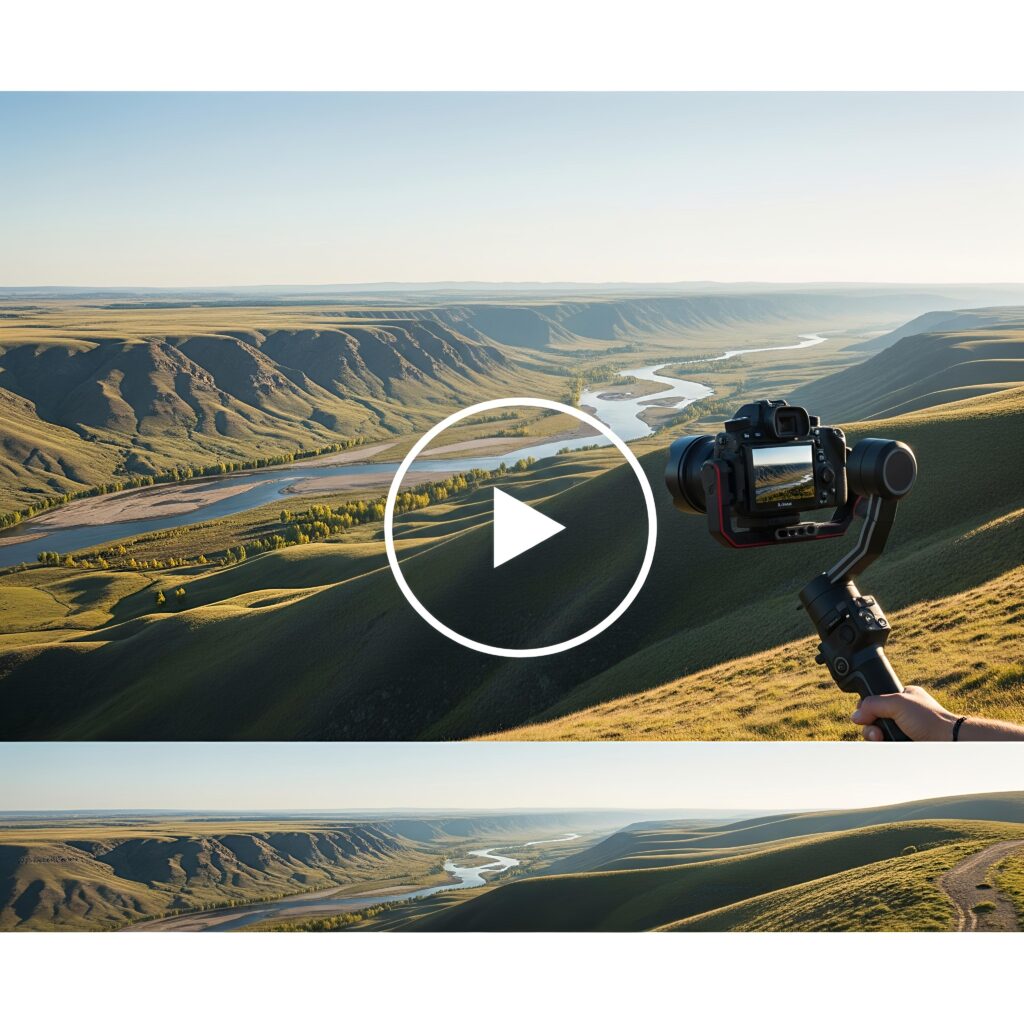
7. Make Use of Cinematic Camera Movements:
Slow, deliberate camera movements, such as tracking shots, tilts, and pans, provide interest and energy. Avoid unsteady or quick movements unless they are part of your style. The secret is controlled movement.
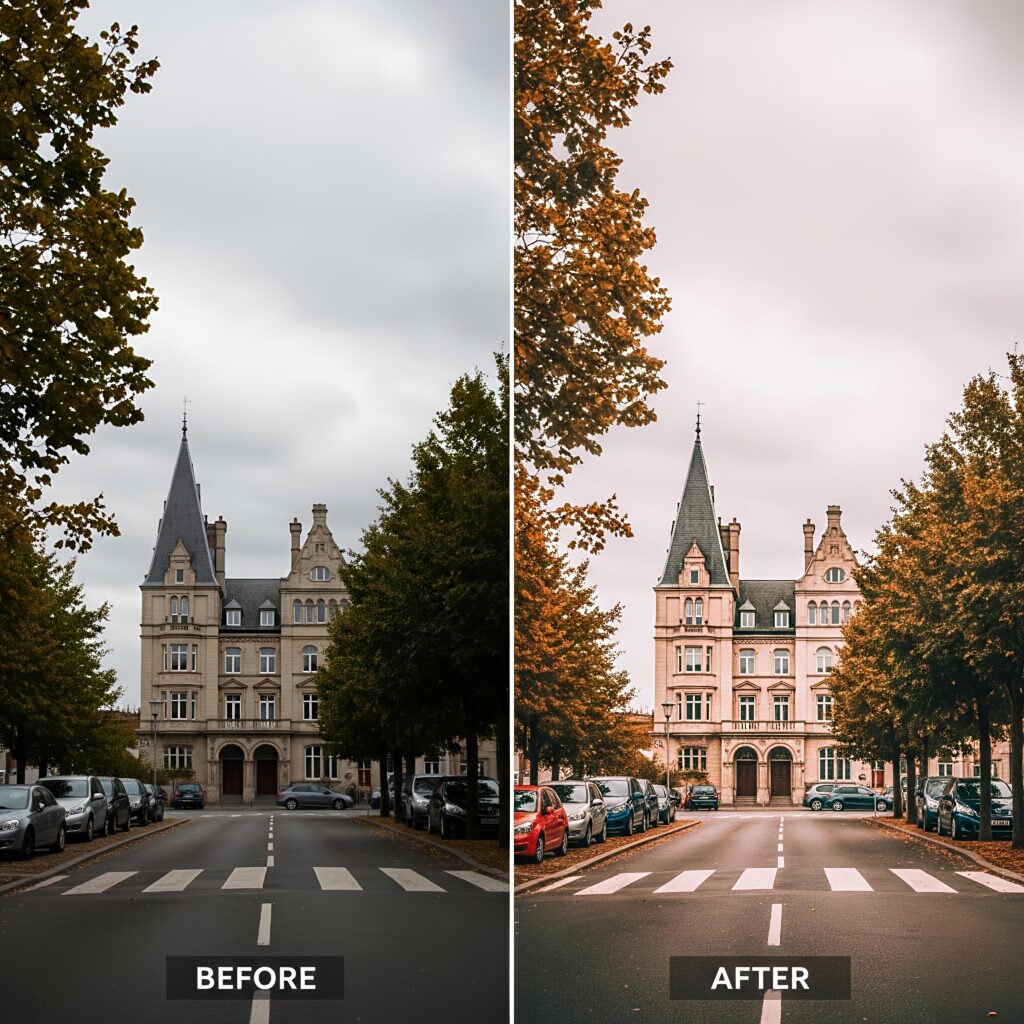
8. Color-Grade Your Video:
Color grading modifies colors, contrast, and tones to turn flat video into dramatic images. Try using different color schemes to suit your narrative; use chilly hues for a somber atmosphere and warm hues for a homey one. Preset LUTs (Look-Up Tables) are available in many video editors and might be useful.

9. Pay Attention to the Sound:
Magnificent images require excellent audio. Make use of high-quality microphones wherever you can, and in post-production, incorporate ambient noises and background music. Completing the cinematic experience involves matching sound to images.
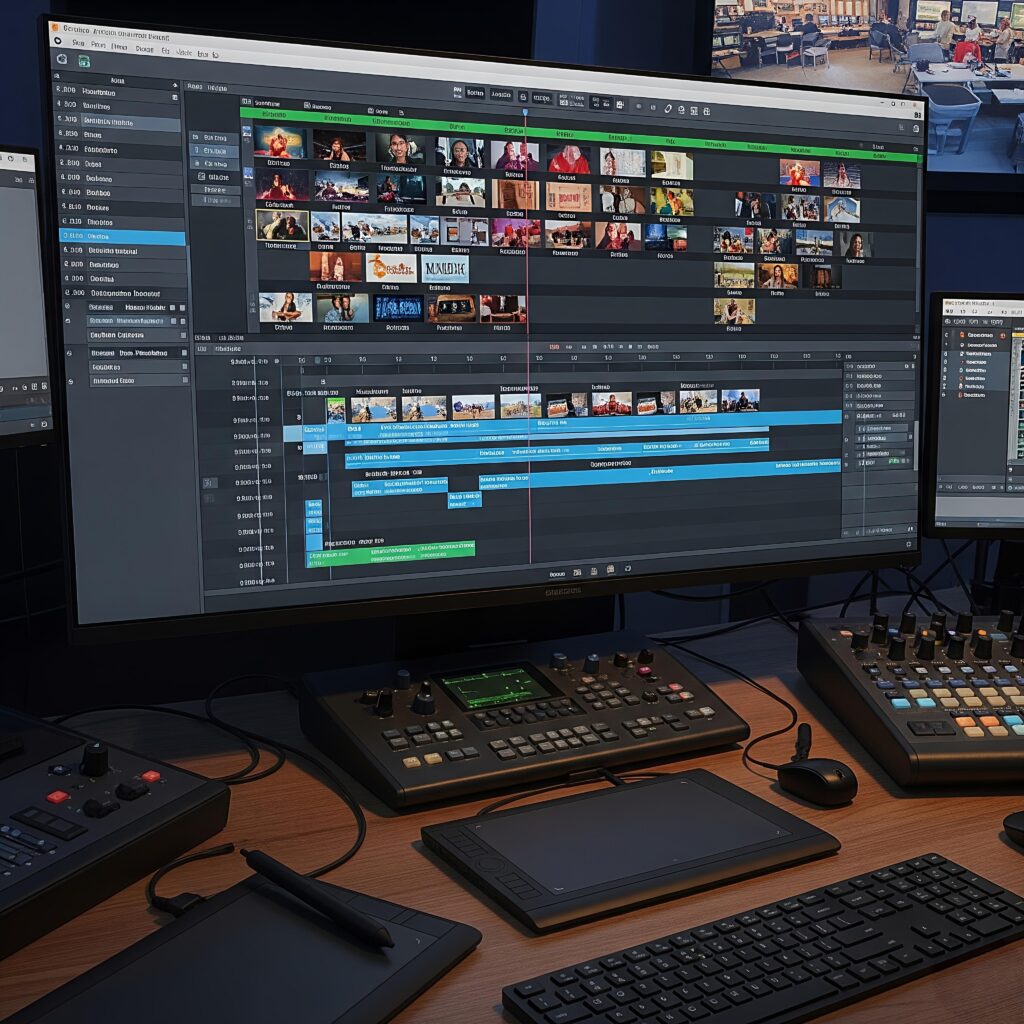
10. Make Purposeful Edits:
Keep your modifications tidy and focused. The tempo and tone of your tale should be complemented by the timing. Avoid abrupt cuts; instead, employ fluid transitions and deliberate pace to keep viewers interested.
In summary:
A combination of technical know-how and artistic judgment is required to make your films appear cinematic. Practice will help you hone your narrative skills and create an engaging style. See how your footage changes when you start using these suggestions for your next production!
Thank you for reading, and remember to send me your cinematic videos! Enjoy your filming!
Visual Storyteller and Director of Photography Vimall S Mishra
Comments (2)
Dharmesh Patel
says June 05, 2025 at 2:39 pmSir I want to learn cinematic lighting ? How do I assist you.
vimal.s.mishra@gmail.com
says June 10, 2025 at 2:15 amThank you for your interest in cinematic lighting! It’s a fantastic skill to learn for creating visually stunning scenes.
What’s your current experience level?